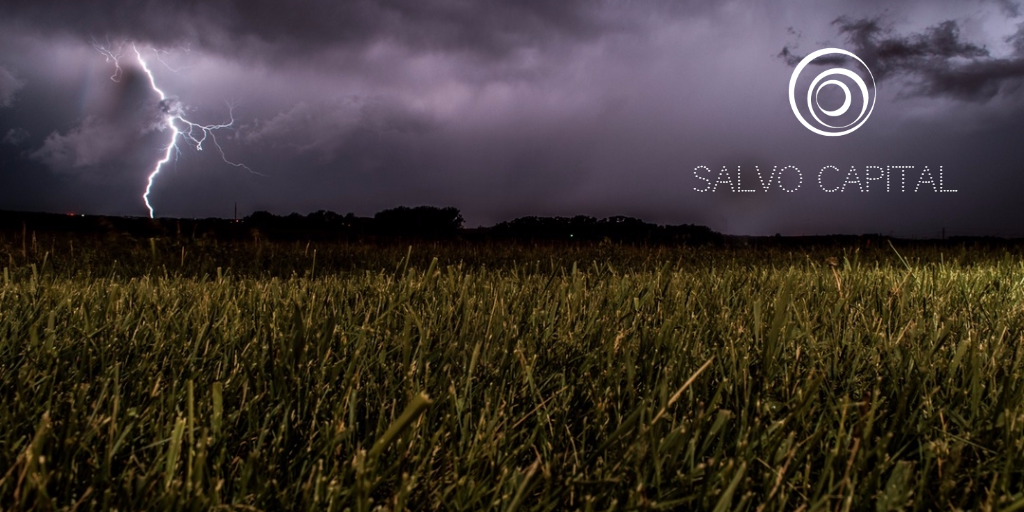Severe Weather – Insurance update
Over the past year, parts of South Africa have been ravaged by severe weather changes – freezing temperatures, snow, hail, high winds, heavy rains, flash floods and even tornados.
Following the extreme rainfall and floods in Pretoria yesterday as well as the massive hail storm that took place in Bloemfontein last week and with even more severe weather conditions predicted, we have prepared some handy tips :
Floods:
- If you live in a flood prone area, it is sensible to purchase your own supply of sandbags which can be placed against doorways and low level vents in times of flooding to help minimise the amount of water that enters your home. Also move high value items to the highest possible floor or shelf if a flood threatens.
- General and regular home maintenance, like clearing debris from gutters, is essential and will most definitely limit damages and discomfort in times of disaster.
- Turn off gas and electricity if flooding occurs.
- Motorists should not attempt to drive in flood conditions. Remember that just 15cm of moving water can knock you off your feet and water just 60cm deep can sweep a vehicle away. Generally, if the water is deeper than the bottom of your doors or the bottom third of your wheels, it is not advisable to drive through it.
- Flash flooding often occurs when rivers flow over low-lying bridges. Avoid crossing bridges or roads next to rivers during heavy rains. If you do get stuck on a flooded road, it’s best to switch to the lowest possible gear and proceed slowly. If you approach a flooding storm water drain at speed, it is advisable to take your foot off the accelerator and let your speed drop gradually.
- Never use the brakes suddenly because this may cause the car to skid or aquaplane.
- If trapped in a vehicle during flooding, rather abandon the vehicle and climb to higher ground. It is dangerous to try and drive out of the water to safety.
Hail:
- When hail is forecasted, try to make arrangements to park your car undercover and delay travelling until the storm has subsided.
- If you are caught in a hail storm, look for cover. This could include a covered car park, a petrol station or under a bridge. However, take extreme care when pulling-over, put on your hazard lights, and don’t risk your safety or the safety of others by dashing madly for cover.
- Don’t park under trees as there is a danger of falling branches and debris. Stay in your car and only leave the safety of your sheltered spot when the storm has passed.
- If there is no shelter nearby, motorists are urged to pull-over onto the side of the road if it is safe to do so. In an unsheltered spot, hail damage is inevitable but, it is safer not to drive through a storm when visibility is poor, the roads are slick and there is a risk of aquaplaning through deep pools of water and hail.
- Another idea is to keep heavy blankets in your car. This will provide you with a protective covering you can throw over the bonnet of your car to prevent hail damage.
Severe weather : thunderstorms, wind & lightning
- Make sure that any dead and rotting branches are removed from trees to avoid the risk of falling debris during a severe storm. Also ensure that debris is removed from roofs and gutters.
- Make sure that your outdoor furniture is safely stored or firmly secured.
- The power surge of a lightning strike can easily overload most appliances and devices. It’s best to unplug these before the storm arrives.
- If you’re on the road and visibility is too poor or the road is too slippery, rather pull over and switch on your car’s hazards until visibility or traction improves.
- Avoid taking shelter under trees, as this increases the risk of falling debris causing damage or injury.
Article via Auto & General Broker Team




